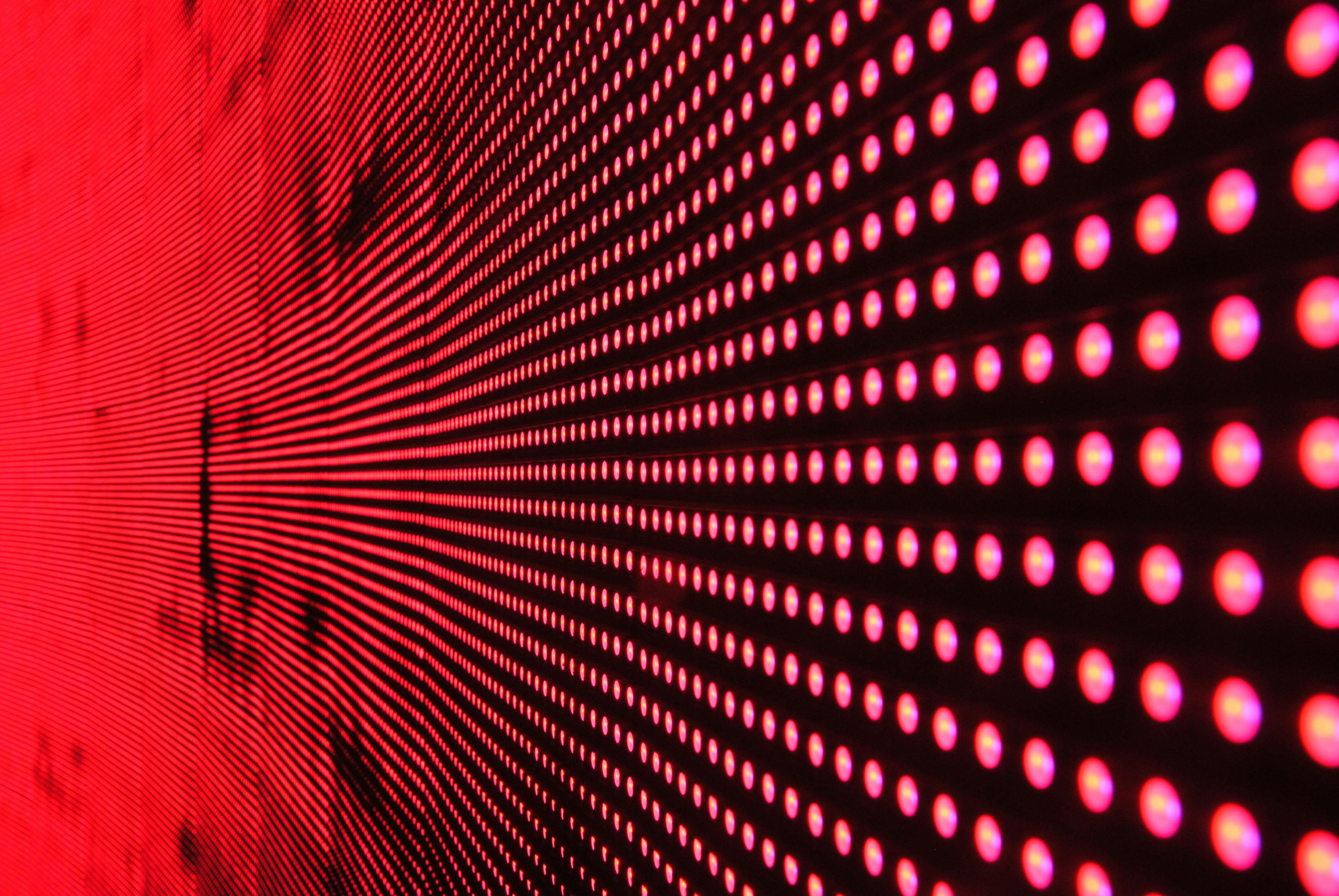Unveiling the Potential of Photobiomodulation: A Novel Approach to Wellness
Ever wondered how light could be your new health ally? Enter Photobiomodulation (PBM), a groundbreaking approach in the health and wellness sphere that leverages the power of light to optimize physical and mental health. Let's delve into this fascinating frontier of wellness and uncover the science, benefits, and potential challenges of photobiomodulation.

The Genesis of Photobiomodulation
Photobiomodulation has its roots in a discovery made in the 1960s by Endre Mester, a Hungarian physician. He found that low-level laser light could stimulate hair growth and wound healing in mice. This inadvertently marked the birth of photobiomodulation - a term coined later to describe the use of light to modulate biological function.
Over the decades, research into PBM has accelerated, revealing its potential in managing various health conditions and promoting overall wellness. This has sparked a fresh wave of interest in the wellness industry, positioning PBM as the next big thing in holistic health.
The Science Behind Photobiomodulation
Photobiomodulation involves the use of red or near-infrared light to stimulate, heal, regenerate, and protect tissue that has either been injured, is degenerating, or else is at risk of dying. The primary mechanism involves the absorption of photons by mitochondria in the cells, leading to increased production of adenosine triphosphate (ATP), the energy currency of cells. This process enhances cellular function and promotes healing, regeneration, and protection of tissues.
The Potential and Promise of Photobiomodulation
Today, photobiomodulation therapy is being used for various health applications, including pain management, wound healing, reducing inflammation, and even treating neurological disorders. Research suggests that PBM can enhance physical performance by speeding recovery and boosting muscle endurance and strength.
Despite its promise, like any therapy, PBM also has its challenges. The exact mechanisms of how light affects biological function are not fully understood. It may also require specialized equipment and trained professionals to administer the therapy. The dosage, frequency, and duration of treatment may need to be individualized, making it a complex treatment to navigate.
Practical Health Insights
- Photobiomodulation can be used as an adjunct to traditional treatments or as a standalone therapy, depending upon the condition.
- It’s a non-invasive and painless treatment method, making it user-friendly.
- While there are home-use PBM devices available, it’s recommended to consult with a healthcare professional before beginning any new treatment.
- As with any therapy, it’s essential to consider potential side effects and contraindications.
Concluding Thoughts
Photobiomodulation presents a novel approach to optimizing health and wellness. Its ability to harness light’s healing properties offers a promising avenue in managing various health conditions and enhancing overall wellness. While research continues to unfold the full potential of PBM, it’s already making waves in the wellness industry, providing a unique, science-backed strategy for those seeking a holistic approach to health.





